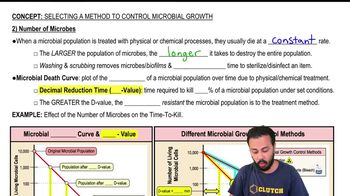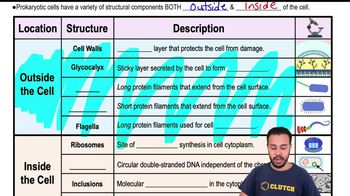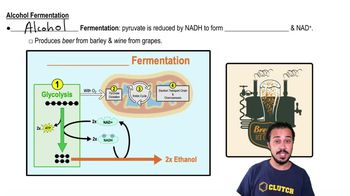Textbook Question
Fill in the following table regarding the Gram stain:
<IMAGE>
138
views
 Tortora 14th Edition
Tortora 14th Edition Ch. 3 - Observing Microorganisms Through a Microscope
Ch. 3 - Observing Microorganisms Through a Microscope Problem 28.10a
Problem 28.10a Verified step by step guidance
Verified step by step guidance



Fill in the following table regarding the Gram stain:
<IMAGE>
In 1996, scientists described a new tapeworm parasite that had killed at least one person. The initial examination of the patient’s abdominal mass was most likely made using
a. brightfield microscopy.
b. darkfield microscopy.
c. electron microscopy.
d. phase-contrast microscopy.
e. fluorescence microscopy.
DRAW IT Label the components of the direct and indirect FA tests in the following situations. Which test is direct? Which test provides definitive proof of disease?
<IMAGE>